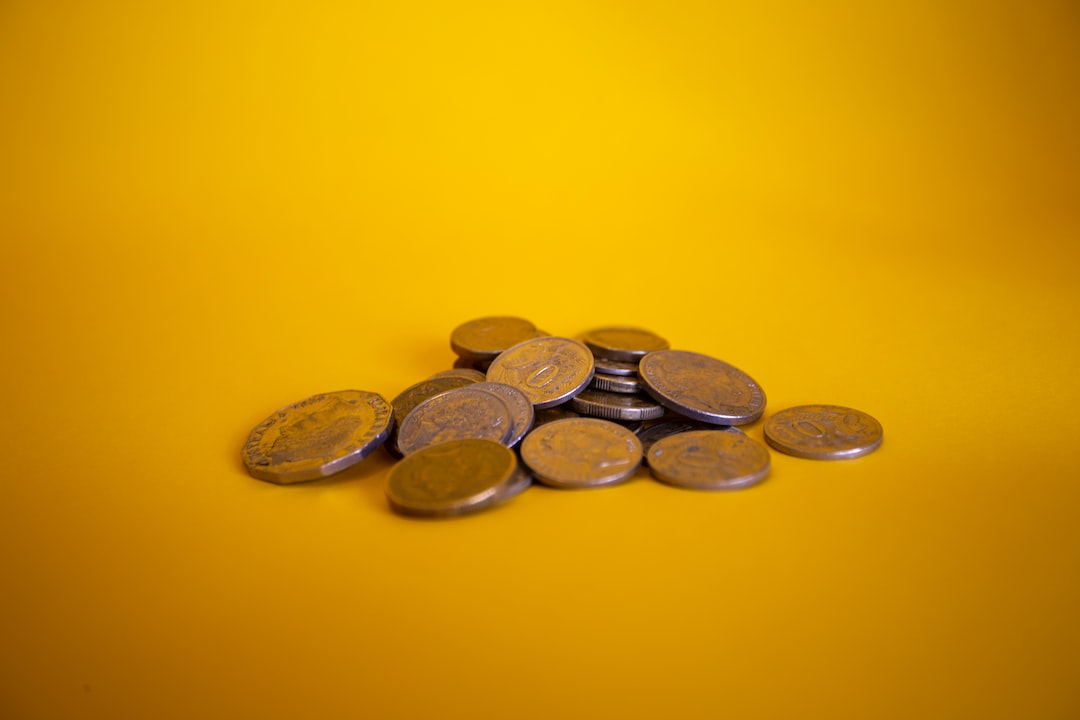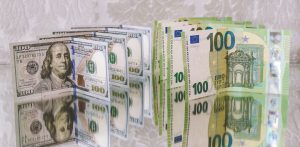Forex trading is a popular investment option for those who are looking to make money by trading currencies. Trading in the forex market is different from trading in other financial markets as it involves buying and selling currencies in pairs. The forex market is the largest financial market in the world, with a daily trading volume of over $5 trillion. One of the most important things to consider when trading forex is the cost involved in the trade. In this article, we will explore how much money it takes to trade 1 USD in forex.
Trading Forex
Before we delve into the cost of trading forex, it is important to understand how forex trading works. Forex trading involves buying and selling currency pairs with the aim of making a profit from the exchange rate fluctuations. For instance, if you bought the EUR/USD currency pair at 1.1000 and sold it at 1.1100, you would have made a profit of 100 pips. A pip is the smallest unit of measurement for currency pairs, and it represents the fourth decimal place in most currency pairs. In the example above, the profit made was equivalent to 100 pips.
Cost of Trading Forex
The cost of trading forex can vary depending on the broker you use, the currency pair you are trading, and the size of your position. The first cost involved in trading forex is the spread. The spread is the difference between the bid and ask price of a currency pair. The bid price is the price at which you can sell a currency pair, while the ask price is the price at which you can buy a currency pair. The spread is usually measured in pips, and it represents the cost of trading forex.
For example, if the bid price for the EUR/USD currency pair is 1.1000, and the ask price is 1.1002, the spread is 2 pips. This means that you would need to make a profit of at least 2 pips to break even on the trade. The spread varies depending on the broker and the currency pair you are trading. Some brokers offer fixed spreads, while others offer variable spreads that can widen or narrow depending on market conditions.
Another cost involved in trading forex is the commission. Some brokers charge a commission on each trade, while others do not. The commission is usually a percentage of the trade size and is charged on both the buy and sell side of the trade. For example, if your broker charges a commission of 0.1% on each trade and you trade 1 lot of the EUR/USD currency pair, which is equivalent to $100,000, you would pay a commission of $100.
The third cost involved in trading forex is the swap. The swap is the overnight interest rate that is charged or paid when you hold a position overnight. The swap is calculated based on the interest rate differential between the two currencies in the currency pair you are trading. If the interest rate on the currency you are buying is higher than the interest rate on the currency you are selling, you will earn a positive swap. Conversely, if the interest rate on the currency you are selling is higher than the interest rate on the currency you are buying, you will pay a negative swap.
Conclusion
In conclusion, the cost of trading forex depends on the spread, commission, and swap. The spread is the difference between the bid and ask price of a currency pair, and it represents the cost of trading forex. The commission is a percentage of the trade size and is charged on both the buy and sell side of the trade. The swap is the overnight interest rate that is charged or paid when you hold a position overnight. When trading forex, it is important to consider the cost involved in the trade, as it can affect your profitability.


